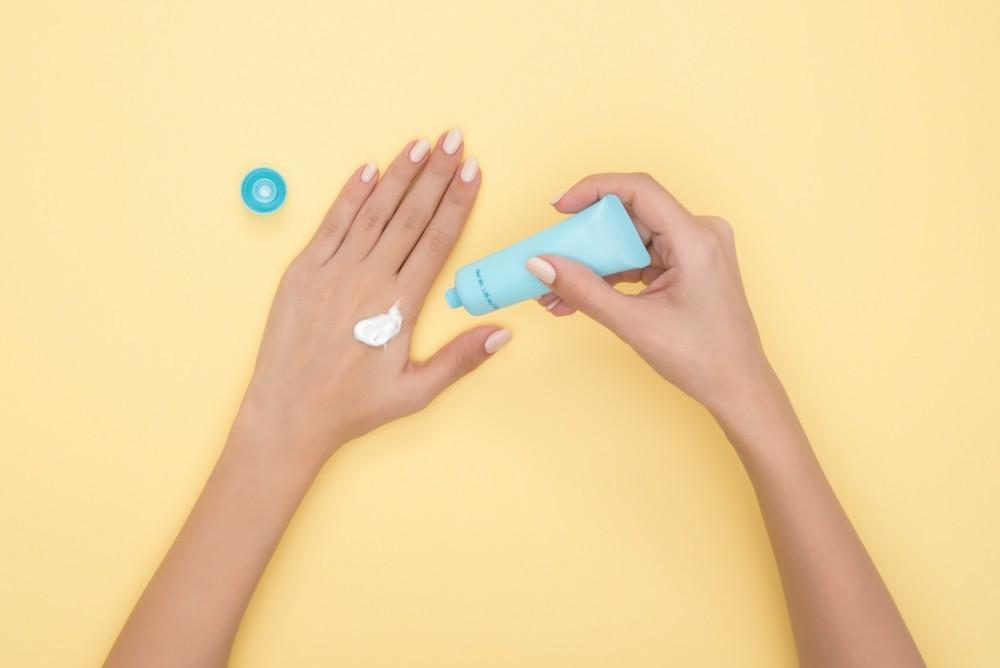
Salicylic Acid Peels: The Ideal Peel for Acne and Rosacea-Prone Skin

What is a salicylic acid peel?
Salicylic acid is an beta hydroxy acid (BHA). It is highly lipophilic (attracted to lipids/oils) which allows it to concentrate in sebaceous (oil) glands. Salicylic acid peels have antimicrobial and anti-inflammatory properties. These properties make it an ideal peel for oily, acne-prone, or rosacea-prone skin.
Salicylic acid peels are a type of superficial peel which means that they cause the top layers of damaged skin to peel away over 5-7 days. Unlike medium or deep chemical peels, they will not affect the underlying layers of tissue.
Salicylic acid comes in different concentrations. Over the counter salicylic acid ranges from 1%-5%. Salicylic acid peel concentrations range between 10%-30%.
What conditions does a salicylic acid peel treat?
Because minor skin blemishes are located in the top layer of skin, a salicylic peel can give you much smoother skin with less redness and acne.
Salicylic acid peels are best for the following conditions:
- Acne
- Rosacea
- Oily skin
- Mild redness of the face
- Superficial hyperpigmentation
- Fine wrinkles
- Enlarged pores
How many treatments will I need?
For best results, a series of salicylic acid peels is recommended every 2-4 weeks. However, a noticeable difference is seen even after one treatment.
What should I expect during a salicylic acid peel?
On the day of your peel, you will wash your face with a gentle cleanser. Then, an acetone solution will be used to remove extra lipids (oils) on the top layer of your skin. The peel will then be applied to the full face and will gradually turn into a white powder. The peel will remain on the skin for approximately 5 minutes before it is rinsed off with water. You may notice a slight burning or tingling sensation during this process. The full appointment will take less than 30 minutes.
What are the potential side effects of a salicylic acid peel?
Salicylic acid peels are non-invasive. Since they do not affect the underlying layers of tissue, serious complications are rare. You may experience some minor side effects, including:
- A mild stinging sensation during the treatment
- Flaking skin or dryness for 5-7 days following the peel
- Temporary redness, this may last several weeks.
- Crusting or scabbing
- Rarely, a change in skin color
What should I expect after a salicylic acid peel?
- You should expect your skin to have mild peeling and redness for 5-7 days following the peel.
- Strict photoprotection is recommended with daily SPF use, sun protective clothing, and sun avoidance following a salicylic acid peel.
Call Elevation Dermatology at 303-431-5280 to schedule your Salicyclic acid peel today!
You Might Also Enjoy...


Botulinum toxin injections: What are they and when should you start getting them?

Does Cold Weather Affect Your Skin?

Glycolic Acid Peels: Everything You Need To Know

Telehealth: The Advantages of Telemedicine


